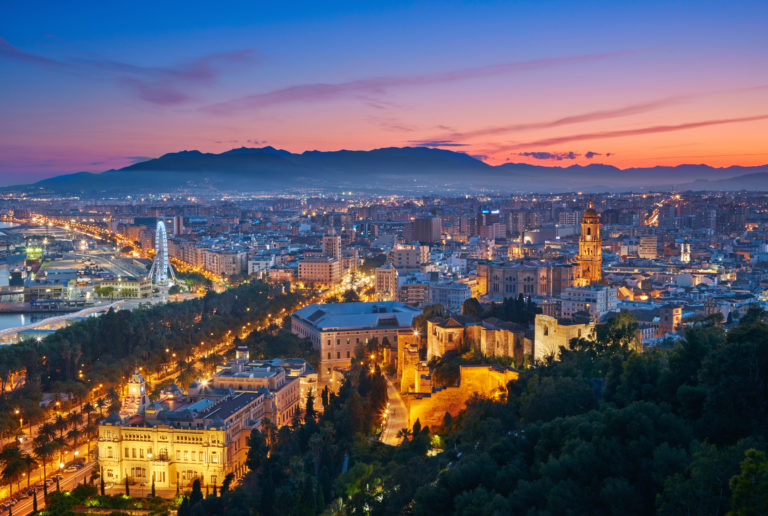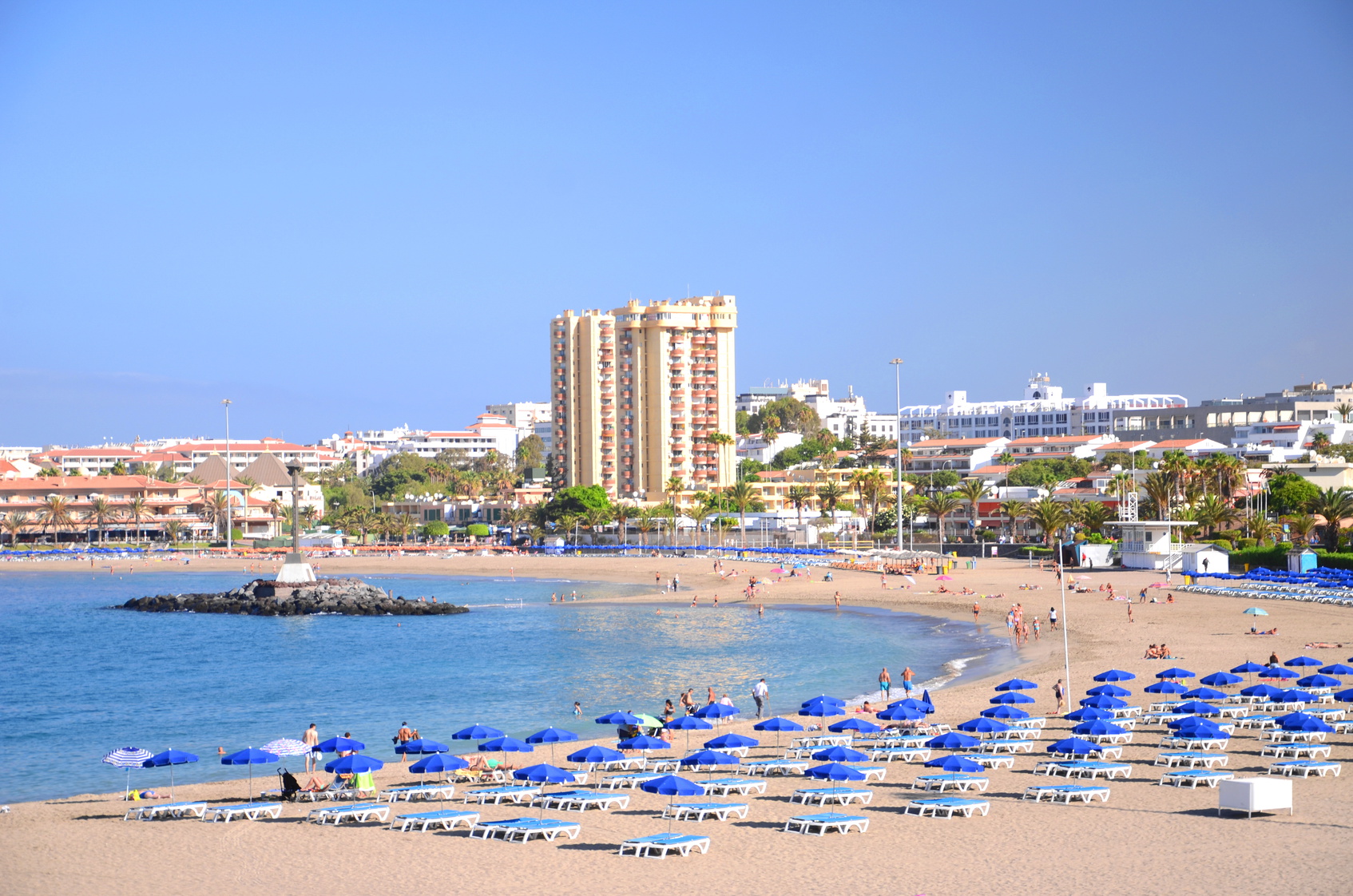When you’re cruising along Spain’s Costa del Sol, it won’t be long before you realise how this region earned its name. With the southern Spanish sun sparkling off the Mediterranean, this is the perfect time to shake off the damp British chill!
But a cruise down the Costa del Sol offers a lot more than sea and sunshine. Along the way, you can expect to soak up quite a bit of local culture through stopovers at various cities along the coast. In Málaga, an Andalusian gem with history stretching back some 2,800 years, you can discover everything from ancient Roman amphitheatres to modern art – truly a journey through time.
Your stopover is likely to last only a day, so start early and have a plan. Overwhelmed by options? Follow our itinerary and you’ll never be far from something interesting. If you’re lucky, you may be just in time for some of Málaga’s festivals and fairs!
What to Do
Where better to begin than at the top? A steep but scenic hike delivers you to the Castillo de Gibralfaro, the ruins of the 10th century fortress built by the Caliph of Córdoba. Though not much of the castle interior remains, the ramparts have been beautifully restored and make for an excellent walk while affording terrific views over the city of Málaga. If you want to save some time (and your knees), take the tourist bus 35 up to the top of the hill to see the castle.
Open Tuesday-Sunday 9:00am-9:00pm. Tickets €3.40 (includes entrance to Alcazaba).
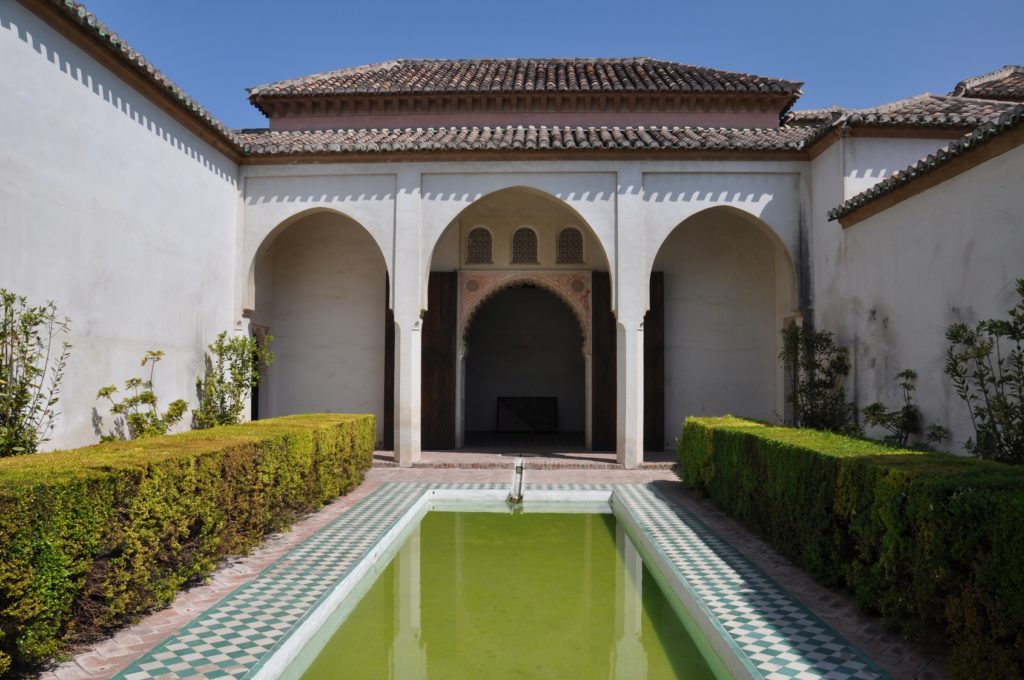
On your way back down the hill, don’t miss the Alcazaba, a fortress-palace built by the Muslim Hammudid dynasty in the 11th century. One of the best-preserved citadels in Spain, the Alcazaba combines palatial beauty with military practicality. The Alcazar is famous for its role in the Siege of Málaga, at which the Spanish recaptured the city from the Moors during the Reconquista in the 1500s.
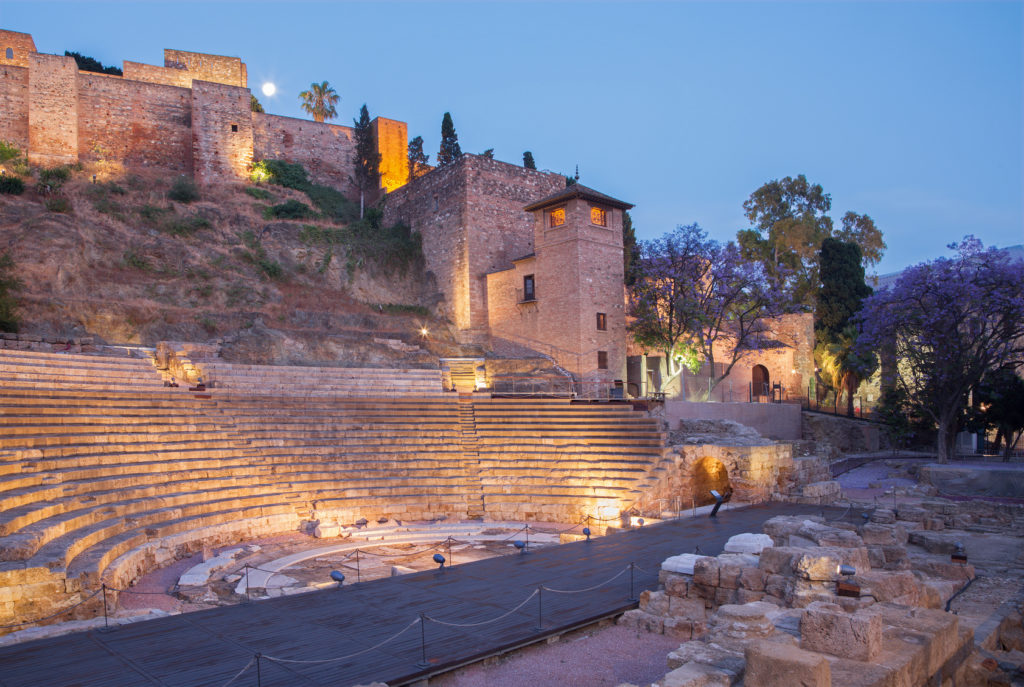
And if you just can’t get enough history, the Teatro Romano, a Roman amphitheatre dating back to the 1st century, is directly next door.
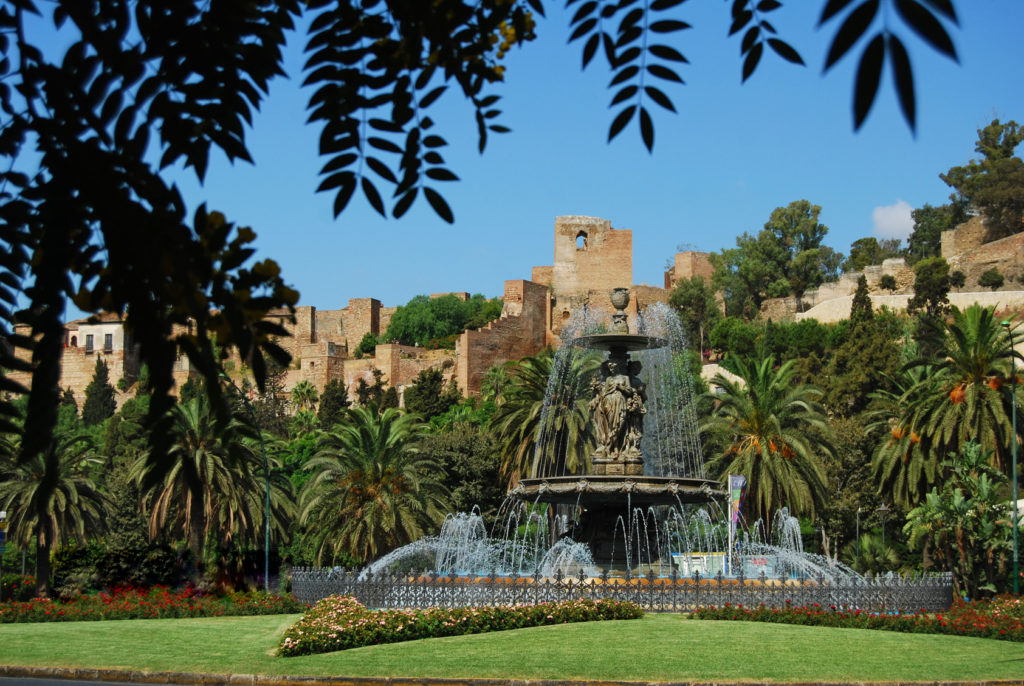
Next, head south along Calle Alcazabilla and past Plaza de la Aduana to get to Parque de Málaga. These historic botanical gardens skirt the waterfront with the busy Paseo Parque running right through it. Stick to the side paths and you’ll come across carefully landscaped gardens, quiet benches, and beautiful fountains.
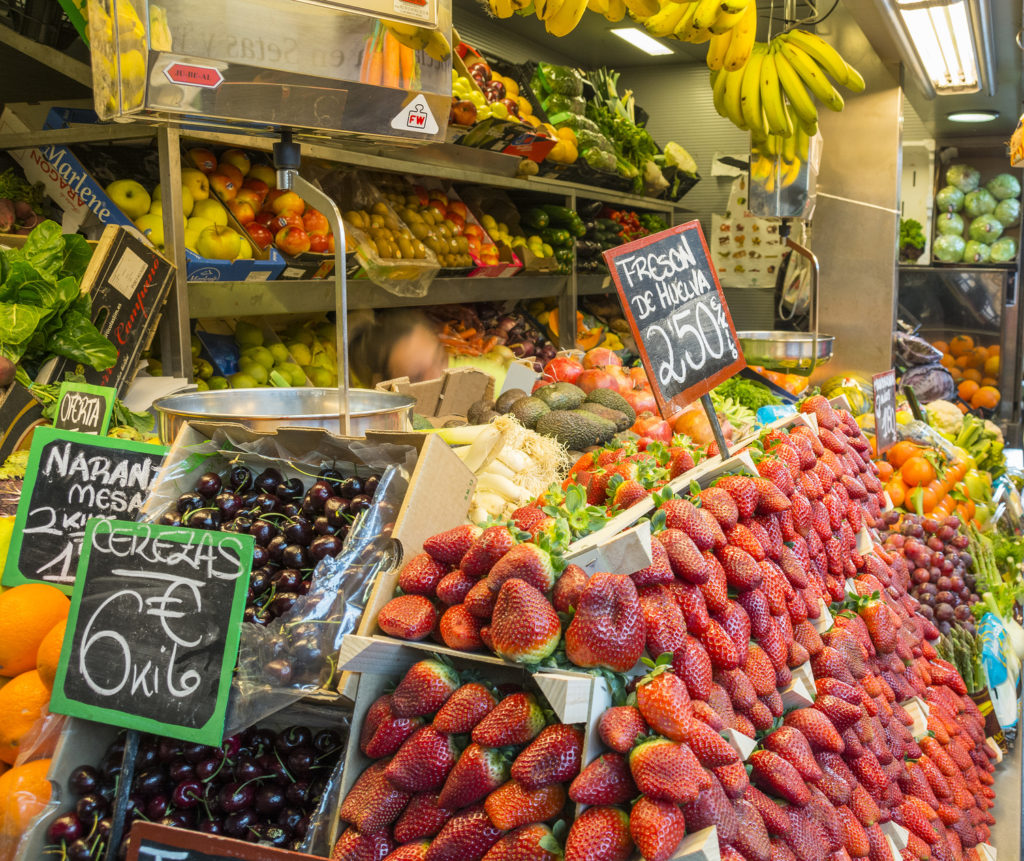
When you reach the end of the park, cut down Calle Marqués de Larios and turn left on Calle Martínez to arrive at Mercados Central de Atarazanas. In this stunning pavilion with its huge stained glass windows you’ll find a dizzying selection of fresh fruits, vegetables, meats, fish, and cheeses. Take the time to browse while sampling olives and almonds here and there, or pull up a chair at one of the modestly priced tapas bars within the market for a light (or not-so light) lunch.
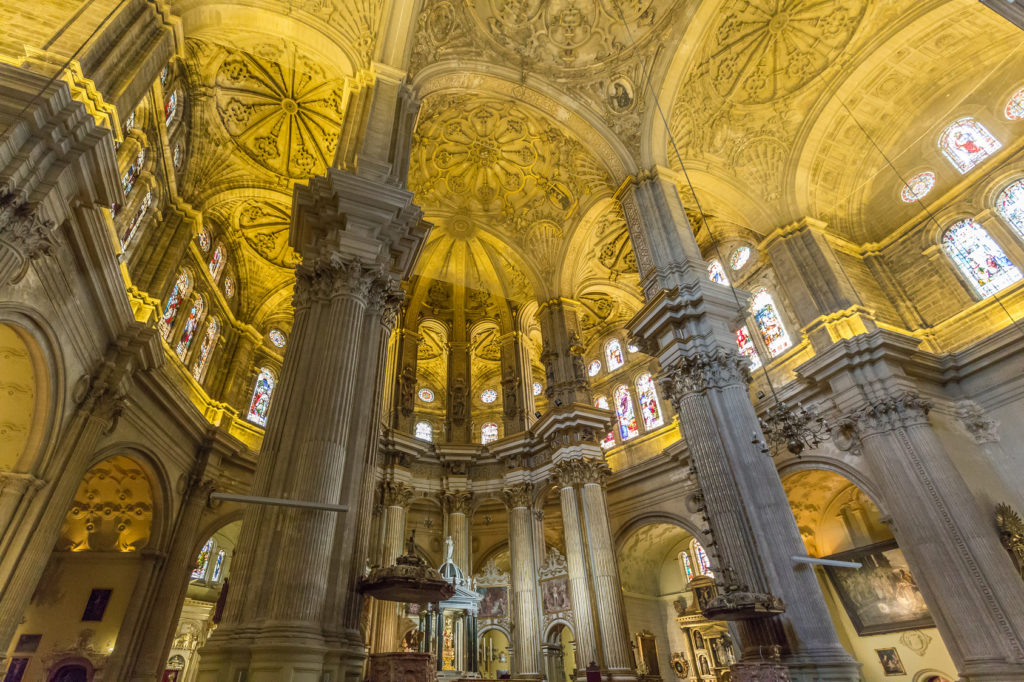
Once you exit the market, head for Málaga Cathedral, just a 7-minute walk away. With its stunning Renaissance façade, it’s hard to miss. Built between 1528 and 1782, the cathedral was originally intended to have two towers, but lack of funds allowed for just one. Today the cathedral is often referred to as ‘La Manquita’, loosely interpreted as ‘one-armed woman’.
Entrance to the cathedral and museum costs €5.00 but the beautiful gardens are completely free.
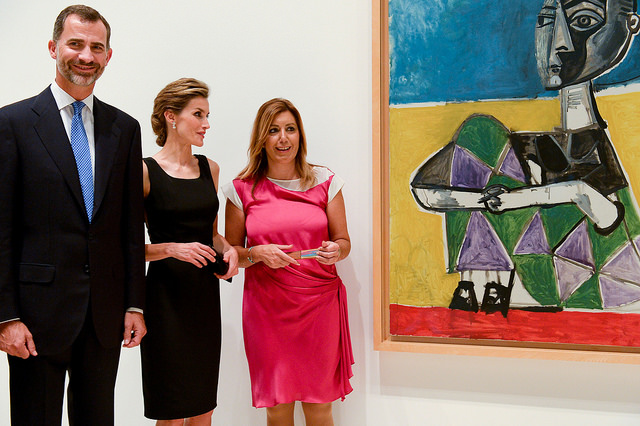
After the Cathedral, head northeast on Calle San Agustín to view the work of one of Málaga’s most famous natives. At the Museo Picasso you can view some 285 works donated by the family of Pablo Picasso. The museum is housed within the Buenavista Palace, a 16th-century historical edifice well worth a look in its own right.
The museum is open daily from 10:00am to 7:00pm and tickets to view the permanent collection cost €8.00.
If you’ve got time to squeeze in one more museum, make your way northwest along the Calle Beatas to the Museo del Vidrio y Cristal – the Glass and Crystal Museum. This unusual little museum displays around 700 pieces of glass dating from Phoenician times to the present, all housed within an 18th century casa palacio. The museum is set up like a private home, with antique furnishings making for an intimate feel you won’t find at many other museums!
Open Tuesday through Sunday, 11:00am-7:00pm. Tickets are €3.00.

At the end of a long day, head back down Calle Beatas for dinner at Bodeguita El Gallo, an authentic Spanish wine and tapas bar with a cosy atmosphere. In typical Spanish style, the restaurant doesn’t open for dinner until 8:00pm, leaving you plenty of time to explore Málaga before tucking into a late meal.
How to Get to Málaga
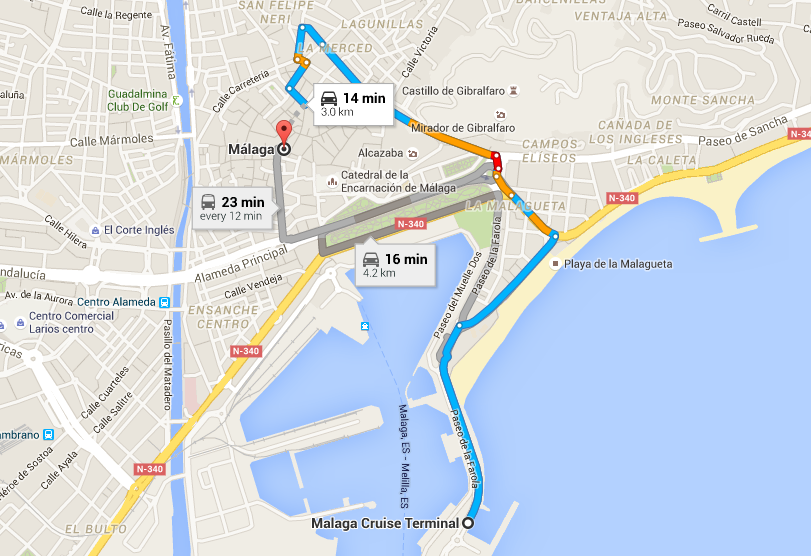
The port of Málaga is situated about three kilometres from the centre of town. The port is enormous and bustling, as this is a popular stop for cruise liners. When you disembark from the ship, have your ride waiting for you by booking your Málaga cruise port transfers with Shuttle Direct. Don’t worry about deciphering public transit schedules or trying to hail a taxi – with Shuttle Direct, you’re in good hands the moment you step off the ship.
About Shuttle Direct:
No matter where you’re stopping over, Shuttle Direct can help you make the most of every minute of your visit. As the top provider of transfer services across Europe and North Africa, we have plenty of experience transporting our riders to and from airports, cruise ports, train stations, hotels, and other points of interest. Let us make your travel easier – book your next transfer on our website!

